For applications driven by sensors more than high-speed data, the IEEE 802.3cg standard offers single-pair Ethernet connectivity with far lower cable costs and bulk.
Ethernet has come a very long way in adoption and speed from its humble inception driven in the early years by a team led by Robert Metcalfe at the Xerox Palo Alto Research Center in the 1970s. Although it originally provided a then-blazing speed of just under 2 megabits/second (Mbps) using coaxial cable or twisted-copper repairs, it has been continuously upgraded. Speeds reached 10 Mbps in the 1980s, 100 Mbps in the 1990s, and have now reached into the gigabit/second range (Gbps, often tagged as GbE) with terabits/second ( 1Tbps equals 1000 Gbps) and even higher speeds using optical rather than copper links.
At each stage, the connectors have been upgraded, the physical medium has changed, and the protocols have been updated as well. Further, in addition to being a data link, Ethernet is now a vehicle for power delivery via Power over Ethernet (PoE), now in its third iteration, and capable of delivering close to 100 watts to a load.
Looking at this, it’s logical to suppose that Ethernet is all about speed. It is for many users, but there’s a tradeoff: the added cost of the requisite connectors and cabling with each speed increment, even if the cost of the electronics does not change significantly.
Reality, though, is that not every application needs these >100 Mbps speeds. A large and vibrant applications segment, primarily in industrial data collection and control, can easily live with much lower data rates, especially if the tradeoff is less-costly cabling and connectors, lower power consumption at the remote nodes, and reduced electronic hardware footprint.
What’s needed is an Ethernet standard variation that is well-suited for the Industrial Internet of Things, often referred to as IIoT, is fast enough for the application, is not burdened with the technical requirements for speed beyond what the system actually requires, and fits into a well-defined hierarchy (Figure 1). The result is Single-Pair Ethernet (SPE). Note that this goes beyond just industrial, as a similar scenario and use case exists for intelligent commercial buildings – which has many IIoT parallels – and even automobiles and aircraft (where bulk and weight are especially critical).

Enter Single-Pair Ethernet
Single-Pair Ethernet comes in two major versions, one targeting the IIoT needs and the other for automotive applications where the range is obviously much shorter and more constrained (we’ll look at that briefly later). Unlike four-pair “standard” Ethernet and RJ45 connectors (Figure 2), SPI is just as its name implies: it uses a single pair of wires, which can be shielded or unshielded with conductor sizes ranging from thicker 18 AWG to thinner 26 AWG. The thicker gauge supports both higher speed and a higher power-delivery rating. Compared to the four-pair Ethernet cabling, SPE cabling is lighter and thinner – up to 75% thinner overall and about half the weight.
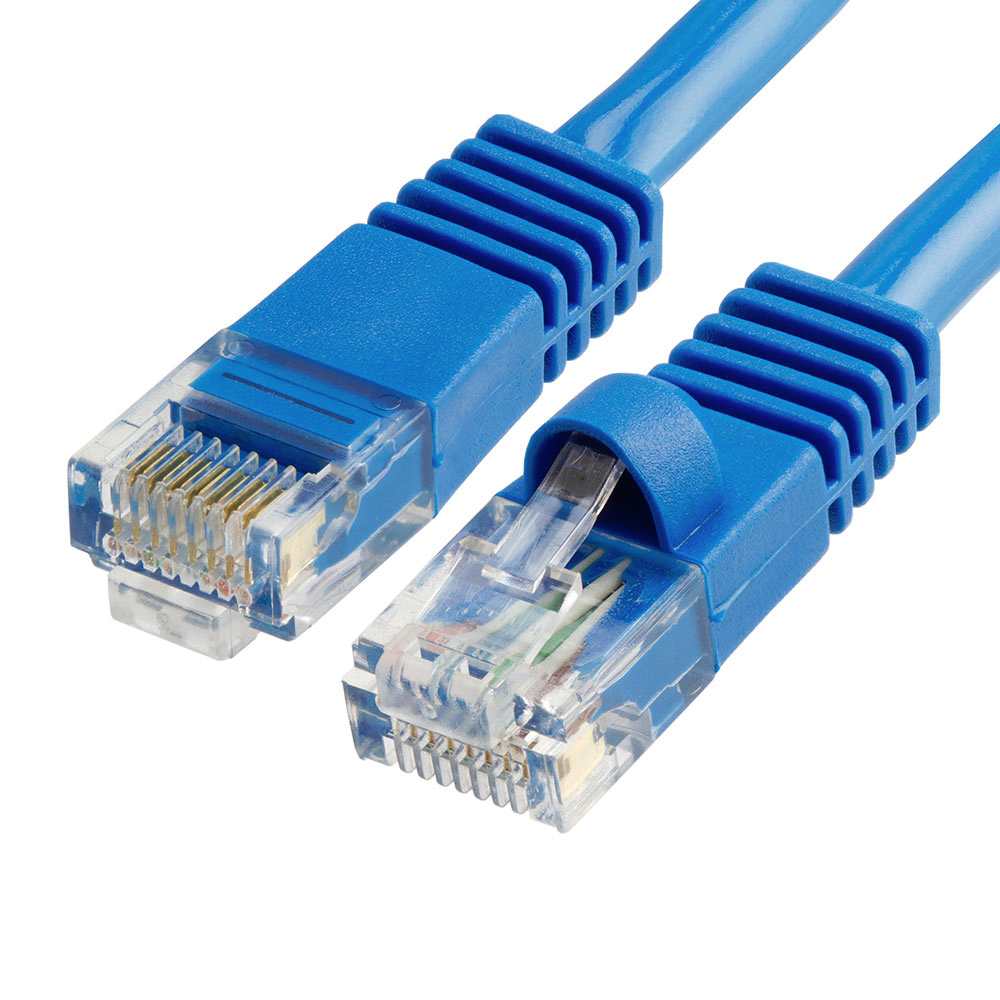
The defining standard for industrial and automotive SPE is IEEE 802.3, with the IEEE 802.3cg version designed for industrial situations. This standard, in turn, comes in three versions:
- 10BASE-T1L: 10 Mbps up to 1000 meters over a balanced twisted-pair copper cabling
- 100BASE-T1 and 1000BASE-T1: 100 Mbps and 1000 Mbps (1 Gbps), respectively, up to 40 meters with shielded cable or 15 meters with unshielded cable
The standard also has sections related to PoE, including IEEE 802.3bu-2016 for Power over Data Lines (PoDL) with ten power classes from 0.5 W up to 50 W.
Finally, a variation called 10BASE-T1S for 15-meter links is used for connection between a local node and a nearby cabinet.
What about automobiles?
While part of IEEE 802.3cg is specially targeted at industrial needs, there’s a corresponding specification for autos, as noted previously. While industrial-class speeds are needed to connect car functions and nodes, distances are obviously far shorter and constrained; also, there needs to add/remove cabling and sensors as there would be in an industrial setting, as car wiring is a static function installed at vehicle production. IEEE P802.3bw 100BASE-T1 is a single-pair Ethernet standard designed for operation in automotive environments (including issues of electromagnetic compatibility and temperature) over a single balanced twisted pair. The cabling system for 100Base-T1 has up to 15 meters of cabling with up to four in-line connectors and two mating connectors. It has impedance in the range of 90 Ω to 110 Ω (nominal 100 Ω) to support a data rate of 100 Mbits/sec in each direction simultaneously.
Part 1 of this article looked at the SPE standard and application environment. Part 2 looks at the physical level (PHY) connectors and transceivers for SPI standards.
EE World Content
Single Pair Ethernet connector system paves way for IIoT applications
Molex joins Single Pair Ethernet Industrial Partner Network
Single-pair ethernet system targets commercial aircraft uses
Filter design includes galvanic isolation for single-pair Ethernet interface
1000 Base T1 single-pair Ethernet push-pull connector
AVX joins the SPE Industrial Partner Network
References and Resources
IEEE Standards Association, “IEEE 802.3bw News release”
TIA/Single Pair Ethernet Consortium
Cabling Installation and Maintenance, “Single pair Ethernet: Data and power for the wired world”
Cabling Installation and Maintenance, “Single-pair Ethernet: The smart choice for intelligent buildings”
Wikipedia, “Ethernet over twisted pair”
Standards Informant, “IEEE Std 802.3cg-2019: 10 Mb/s Single-Pair Ethernet”
Pepperl + Fuchs, “10 Mb/s Single Twisted Pair Ethernet10BASE-T1L and Clause 98”
Harting, “Single Pair Ethernet – HARTING T1 Industrial”
Wurth, “Single Pair Ethernet”
LEMO High Speed Connector for Automotive Ethernet (1000BASE T1)
Analog Devices, “Enabling Seamless Ethernet to the Field with 10BASE-T1L Connectivity”
Texas Instruments, “How 10BASE-T1L single-pair Ethernet brings the network edge closer with fewer cables”
Texas Instruments, “DP83td510e Data Sheet”
Texas Instruments, “DP83TD510E-EVM User Guide”

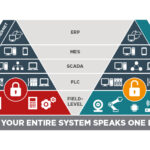
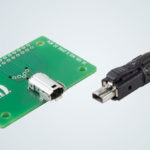
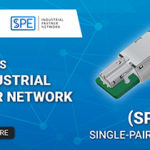

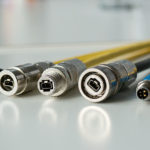
Leave a Reply
You must be logged in to post a comment.